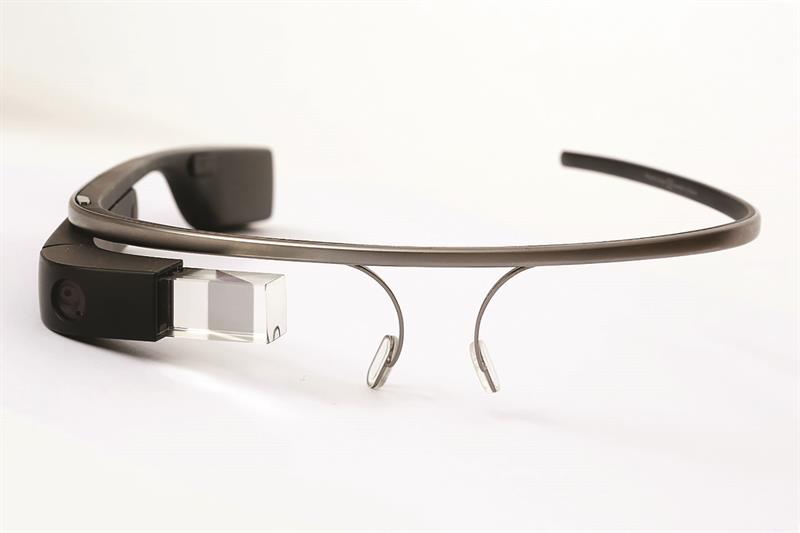brands and ideas that haven’t hit the mark

Success for disruptive brands or concepts is by no means a given and even the most well-thought out concepts or products sometimes fail to appreciate the nuances of optics.
Progress in technology tends to stem from componentry that allows devices to be smaller and more powerful than what came before. Patient care has been enhanced significantly in recent years thanks to giant leaps in clinical imaging, processing power and cheaper and more capable manufacturing technology.
In 2013, Google brought imaging and manufacturing technology together to create Glass, augmented reality eyewear that many consumer electronics commentators proclaimed to be the future of eyewear.
 Google Glass failed for a variety of reasons
Google Glass failed for a variety of reasons
The undeniably futuristic looking device featured a 5m pixel camera, gesture control and a front mounted head-up display. The $1,500 cost did not stop ‘explorers’, who were effectively beta-testers, snapping up the device, but if you needed vision correction at launch, you were out of luck. Attachable Rx options soon became available through Google’s store and third-party sellers, but the solutions were not particularly elegant and cut out optical practices. An agreement with Luxottica a year later hinted at crossover into the mainstream, with plans for Ray-Ban and Oakley. The partnership was somewhat short-lived, however, when Luxottica founder and chairman Leonardo Del Vecchio said in an interview that he would be ‘embarrassed with that on my face.’
Ultimately, concerns over privacy were perhaps the biggest factor, with a camera that could capture images and video of subjects without their permission. Many facilities banned the device in their buildings and casinos in Las Vegas outlawed its use to comply with gambling regulation.
Big ambitions
When an integrated healthcare business comprising optical, dental, audiology and GP services co-founded by Cherie Blair and backed by a multi-million-pound investment funding firm said it wanted to open 100 outlets within five years, its ambition was taken seriously.
So when Mee Healthcare went into liquidation in 2015, three years after it opened, many questions were asked about where it all went wrong for the venture. Located in Sainsbury’s supermarkets, the 11 Mee Healthcare clinics had the benefits of potential footfall and extended opening hours. But reports at the time said that while locations looked the part, behind the scenes operations were chaotic, with frame inventory purchases that did not appeal to customers tastes or indeed, pockets, as prices were too high for a supermarket-based business.
Danish disaster
When the CrossEyes Opticians brand made the journey across the North Sea from Denmark, the franchise-based venture did genuinely look like it could disrupt the traditional retail optician model in the UK, thanks to a collection of in-house Danish-designed frames, clinical care and simple pricing structure.
The company’s CEO Søren Møller wanted franchise owners to do away with the ‘white coat’ nature of optics and join a franchise venture that would see owners receive a fully-fitted out practice for £29,000 – a figure that would have been very attractive to owner-optometrists who would not have to rely on locums. It was not long before a network of CrossEyes practices had opened in the UK and Ireland, with some owners opening in two or three different locations.
The company was seemingly on the right track, but in early 2017, Optician was made aware of some disquiet among franchise owners over how they were being charged for frame inventory and its overall quality. New managing directors inherited the UK business in April 2017 and confirmed that former partners were in litigation with head office in Denmark over breach of contract but going forward there would be a new level of transparency with franchisees. Just five months later, CrossEyes Aps, the parent company of the UK business, filed for bankruptcy in Denmark.
The fast-moving case took another twist just days later, as a new company, Crosseyes Group Aps was established and Søren Møller installed as chairman. In an interview with Danish newspaper, BT, Møller blamed the company’s activity in the UK market as one of the main reasons for the decision to declare Crosseyes Aps as bankrupt.
